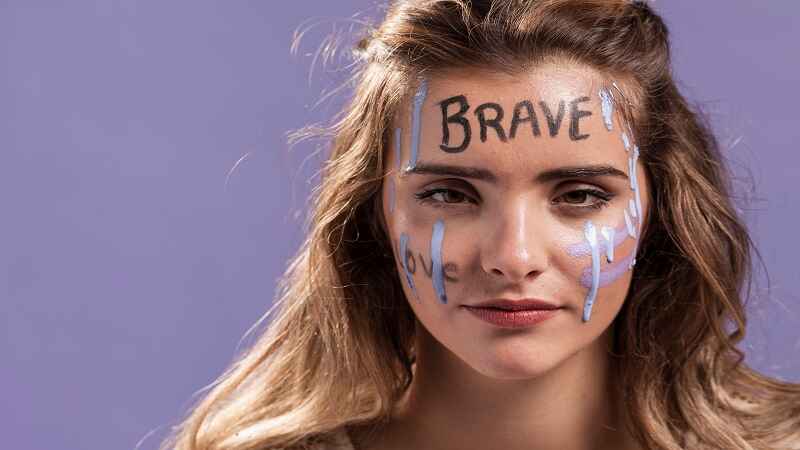Typography is one of the most important elements of design and communication. When executed well, it ensures clarity, elegance, and a seamless reading experience. However, sometimes an unusual issue occurs: the typographic defect that makes characters look misaligned. This phenomenon disrupts text alignment, making letters appear staggered or uneven. It is a challenge that has existed since the early days of printing and still appears in digital formats today.
1. Understanding Typographic Defects
Typography is built on precision. Each character has a baseline, ascenders, descenders, and proportional spacing. When these rules are broken, readers perceive text as uneven. Misalignment can be subtle—such as one letter sitting slightly higher—or more dramatic, with entire words appearing out of rhythm. This not only looks unprofessional but also reduces readability.
2. Historical Background
The history of printing reveals that misaligned characters were a common problem in early presses. Movable type blocks, when worn down or placed incorrectly, created uneven lines. Ink spreading on rough paper also caused characters to look displaced. Over time, technological advances minimized these flaws, but the risk of visual imbalance never disappeared.
3. Causes of Misalignment
There are several reasons why text may appear staggered:
-
Poor font design: Low-quality or amateur fonts often lack consistent spacing.
-
Mechanical errors: In traditional printing, paper shifting or worn machinery produces irregular text.
-
Digital rendering issues: On screens, low resolution or unoptimized font files can distort character placement.
-
Optical effects: Sometimes, curved or angled letters give the illusion of misalignment even when properly positioned.
4. Print vs Digital Environments
The manifestation of this problem varies across mediums. In print, defects often result from physical imperfections such as uneven inking. In digital media, the issue is linked to software, font rendering, or device resolution. While modern technology has improved alignment, neither medium is completely immune.
5. The Role of Fonts
Fonts are at the core of visual consistency. Professionally designed typefaces undergo detailed testing to ensure accuracy in kerning, spacing, and baseline alignment. In contrast, poorly designed fonts can easily produce the typographic defect that makes characters look misaligned, especially when scaled across different devices or sizes.

6. Reader Experience and Psychological Impact
Typography does more than convey words—it influences perception. When characters appear uneven, readers may experience eye strain, slower comprehension, and a sense of distraction. In professional materials such as branding, advertising, or publishing, such defects can reduce credibility and create a negative impression.
7. Identifying and Fixing the Defect
Detecting alignment problems requires careful inspection. Designers often use baseline grids, magnified digital previews, and print tests to spot inconsistencies. Solutions include:
-
Choosing high-quality fonts from trusted sources.
-
Using anti-aliasing and responsive design in digital platforms.
-
Maintaining printing equipment and performing test runs in physical production.
These steps reduce the likelihood of flaws and maintain text integrity.
8. The Future of Typography
With the rise of artificial intelligence, future tools may automatically detect and correct alignment problems. Software powered by AI can analyze spacing, balance, and rhythm in real time, providing automatic adjustments that reduce human error. This innovation could finally eliminate common issues such as the typographic defect that makes characters look misaligned.
9. Conclusion
Typography is more than arranging letters—it is about delivering a smooth reading experience. Even today, the typographic defect that makes characters look misaligned continues to affect both print and digital environments. By choosing high-quality fonts, leveraging modern design tools, and adopting best practices, designers can preserve clarity and professionalism.
Typography will always remain central to communication, and preventing misaligned characters is a vital step toward maintaining both beauty and readability More Read
